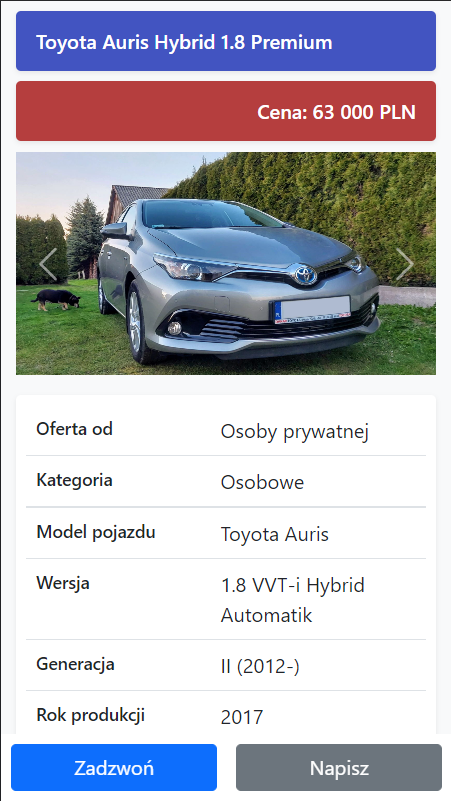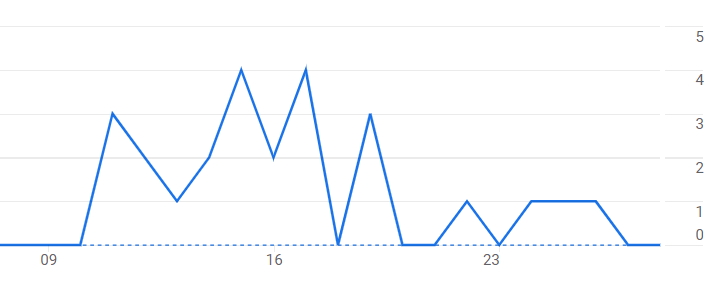In this post, I would like to briefly introduce how we can verify our idea with a small amount of effort based on real life situations. Nowadays, quickly building a conceptual solution and verifying it on a living organism (and then improving it in an iterative way) is the basis for success. The multitude of tools available on the web can effectively help us do this.
A fairly popular way to communicate the sale of a car in the real world (at least in Poland) is to stick a piece of paper with basic information and a contact number on the side windows of the vehicle. When I was selling my own car, I decided to see if those interested would also take advantage of the opportunity to read the full specification, which would be led to by a QR code placed on the said card.
I used the QRCode Monkey service to generate the QR code.

The text that appeared on the card was the name of the car model, engine capacity and equipment version, as well as the information “Scan the code with your phone’s camera, or call the phone number provided”.
The QR code led to a page with photos, listed price, and full vehicle specifications. Smartphone users could use the Call button which took them to an application allowing them to make a call to an already selected number. The Write button allowed to send SMS messages.
The site was built using the latest Boostrap version, the source code went into a private GitHub repository, and thanks to GitHub Actions every merge to the master resulted in an automatic deployment to Firebase Hosting (free plan) and getting an address in the *.web.app domain.

Firebase allows you to automatically bundle your site with Google Analytics, so I gained insight into the effectiveness of the solution I created.

To get an even better idea of user behavior, I should have also hooked up click tracking to the buttons that allow you to call and send SMS.
This loose entry was intended to show that we can get ideas for quick and interesting experiments from everyday situations, while honing our skills to effectively create conceptual solutions and validate our ideas in a real-world environment.

